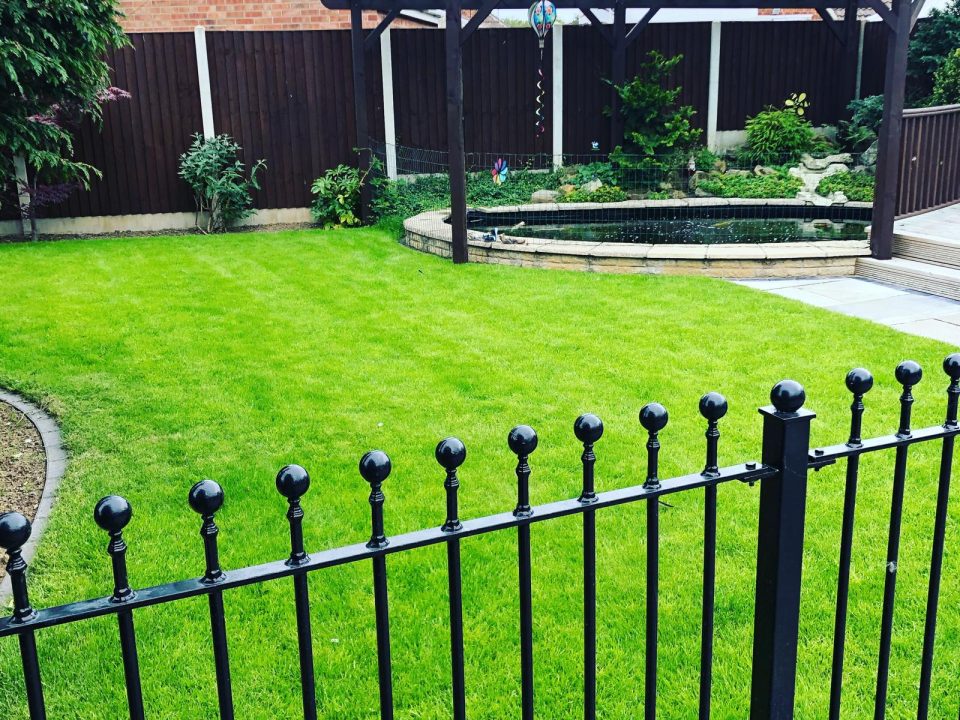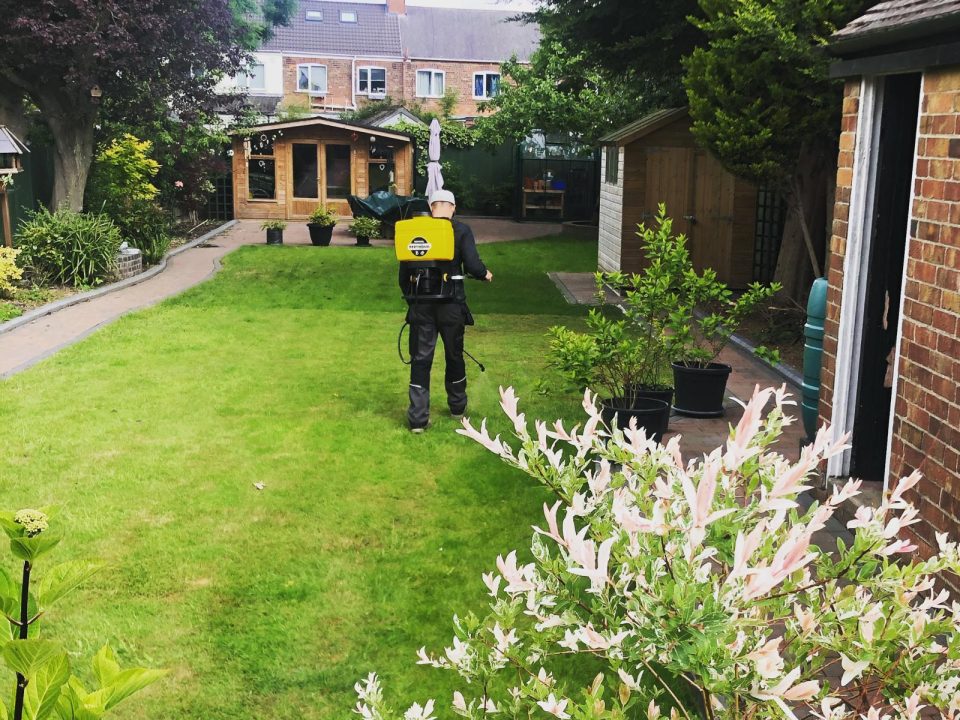Sprinkler System Care for Lush Lawns Year-Round
26 May 2020Expert Pest and Disease Control for Year-Round Lawn Health
28 May 2020
Have you ever wondered how to keep your lawn looking its best all year round? The health of your grass is crucial, not just for appearance but for the overall ecosystem of your garden. In areas like South Cave, Brough, and Hessle, maintaining your lawn’s health throughout the changing seasons can be both an art and a science. Let’s explore how to assess and enhance your lawn’s vitality.
Understanding Your Lawn’s Unique Needs
Every lawn is unique, influenced by factors such as soil type, sunlight exposure, and local climate. Start by identifying the type of grass you have. Knowing whether your lawn consists of coolseason or warmseason grass can help in tailoring your care regime. Different grass types have varying water and nutrient needs, which impact their growth and resilience.
Perform a soil analysis to determine nutrient deficiencies or pH imbalance. Soil tests can be conducted using kits available at garden centres or through professional services. Understanding your soil’s composition allows you to apply the correct fertilisers and amendments, ensuring optimal grass health.
Once you’ve gathered data on soil and grass type, observe your lawn’s current condition. Look for signs of compacted soil, bare patches, or thatch buildup. These issues can restrict grass growth and indicate the need for aeration or other interventions.
Seasonal Lawn Maintenance Essentials
Seasonal changes affect your lawn’s health. During spring, focus on reviving your lawn with aeration, overseeding, and a balanced fertiliser application. This helps to fill in bare spots and promotes strong root development.
In summer, your lawn may require more frequent watering due to heat and evaporation. However, be mindful of local water restrictions and aim to water deeply but less often, encouraging roots to grow deeper.
Autumn is ideal for repairing and preparing your lawn for the cooler months. Remove fallen leaves, apply fertilisers high in potassium, and consider winterising treatments to prevent frost damage.
Winter brings dormancy for many grass types. It’s a great time to plan for the next growing season and consider seeking professional lawn care help to ensure your lawn thrives.
Managing Common Lawn Issues
Lawn problems can arise despite your best efforts. Identifying these early can prevent extensive damage. Common issues include fungal diseases, pests, and weed invasions. Regular inspections help in early detection, allowing for prompt treatment.
Encourage healthy grass by maintaining appropriate mowing heights and intervals. Overmowing stresses your lawn, making it susceptible to diseases. Leave clippings on the lawn to return nutrients to the soil naturally.
For pest and disease management, consider integrated pest management strategies that minimise chemical use. Biological controls and resistant grass varieties can be effective in maintaining lawn health without harming the environment.
Fostering a Resilient Lawn
A robust lawn is built from the ground up, literally. Regular aeration alleviates soil compaction and improves water penetration. Dethatching removes accumulated organic matter, allowing your grass to breathe and absorb nutrients effectively.
Grass health is also influenced by proper nutrition. Feed your lawn with a balanced fertiliser that matches its nutrient requirements. An excess or lack of nutrients can lead to poor grass health and susceptibility to problems.
Consider your lawn’s ecosystem. Encourage biodiversity by integrating native plants and grasses that favour local conditions. This reduces the need for intensive maintenance and promotes a healthy garden overall.
Top Tips and FAQ
Top Tips:
Regularly monitor your lawn’s health to catch issues early.
Tailor your care approach to your specific grass type and local conditions.
Invest in periodic soil tests to guide fertilisation and treatments.
Employ environmentally friendly pest and weed management strategies.
FAQ:
Q: How often should I aerate my lawn?
A: Aerating once a year is typically sufficient, but heavily trafficked lawns may benefit from twiceyearly aeration.
Q: What is the best way to water my lawn?
A: Water deeply once or twice a week to encourage deep root growth, adjusting for local weather conditions.
Q: How can I tell if my lawn needs fertilising?
A: Signs include slow growth, yellowing grass, and visible soil testing. Tailor fertiliser type and application to specific nutrients needed.
Conclusion: Take Action for a Lush Lawn
A healthy lawn is indeed a valuable asset, providing both aesthetic pleasure and functional benefits. By understanding and addressing your lawn’s needs, you can ensure it remains vibrant yearround. If you’re looking for expert advice or tailored solutions, consider professional lawn care services. How have you been managing your lawn’s health? Have you noticed specific challenges in your garden? Share your experiences and let’s grow a community of lush, thriving lawns together!
For more, see this Wikipedia article on seeding.


